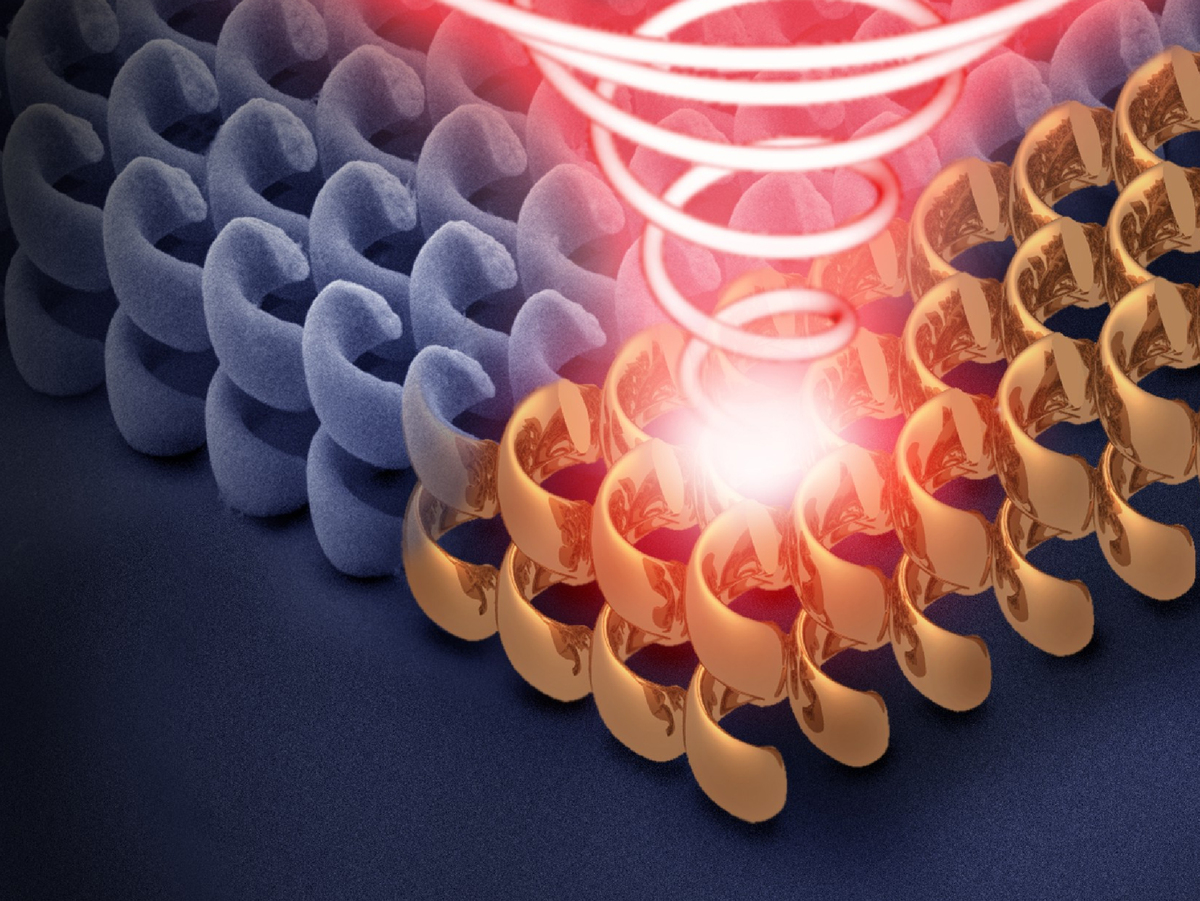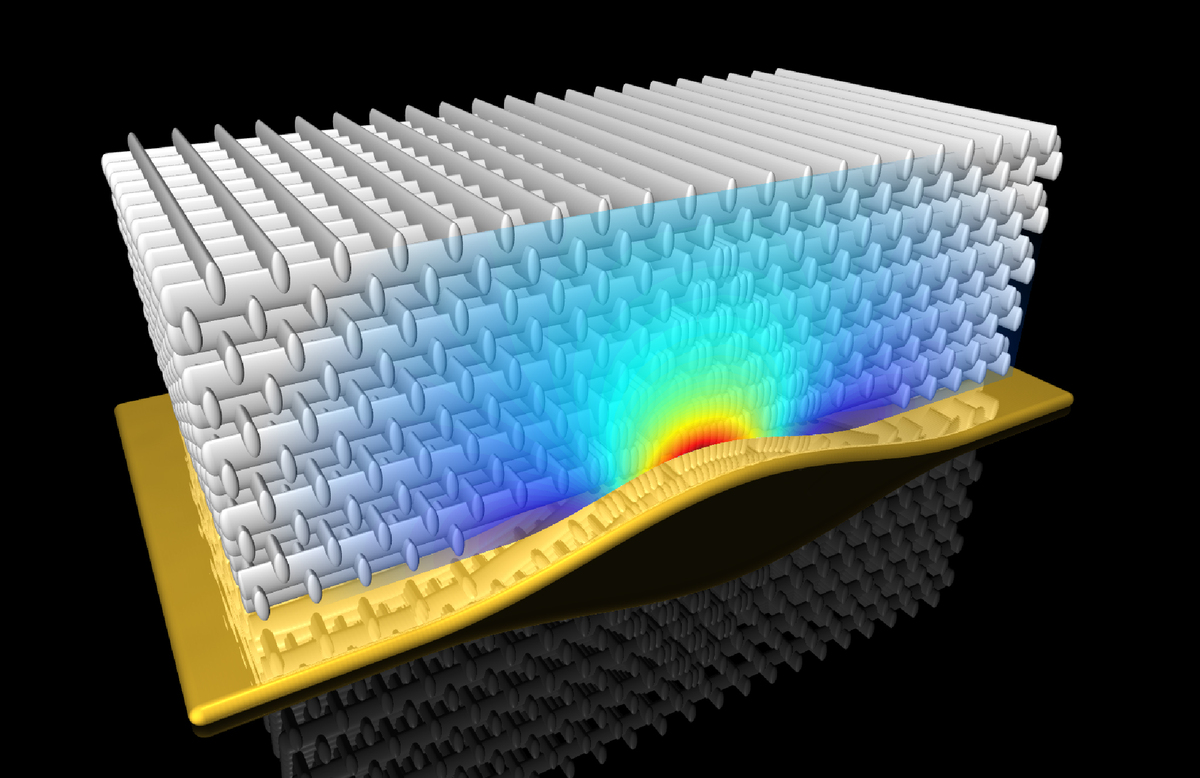Contents

Source: KIT – CFN
Understanding Photonic Metamaterials
Introduction to Photonic Metamaterials
Photonic metamaterials are artificially engineered optical materials that possess unique optical properties due to their nanostructured composition. These materials consist of at least two different components, often metals and dielectrics, arranged in periodic structures on a scale much smaller than the wavelength of light.
Properties of Photonic Metamaterials
Unlike photonic bandgap materials, which exhibit bandgaps for certain wavelengths, photonic metamaterials display homogeneous optical properties similar to natural materials but with unconventional characteristics. Some metamaterials have negative relative permittivity and/or permeability, leading to phenomena like negative refraction and extreme nonlinear effects.
Structures and Fabrication
Photonic metamaterials typically contain metallic nano-resonators that can be fabricated using techniques like lithography. These resonators, such as split-ring resonators, interact with light to produce unique optical responses. Metamaterials can be structured as monolayers (metasurfaces) or three-dimensional arrays for different functionalities.
Optical Properties and Applications
The optical behavior of metamaterials is described by parameters like permittivity, permeability, and bi-anisotropy, which can be frequency-dependent. Materials with near-zero permittivity exhibit intriguing properties like subdiffraction imaging and enhanced nonlinear effects. Negative-index metamaterials show negative refraction, enabling unconventional optical devices like superlenses and invisibility cloaks.
Challenges and Future Directions
Fabricating metamaterials for short wavelengths, such as in the visible spectrum, poses challenges due to the need for sub-wavelength structures and limitations of available materials. Overcoming these challenges could lead to advancements in various fields, including high-resolution imaging and optical communication.
In conclusion, photonic metamaterials offer a fascinating playground for exploring novel optical phenomena and developing advanced optical devices with unprecedented functionalities. Continued research and technological advancements in this field hold great promise for future applications in optics and photonics.

Source: KIT – CFN
Feel free to comment your thoughts.



